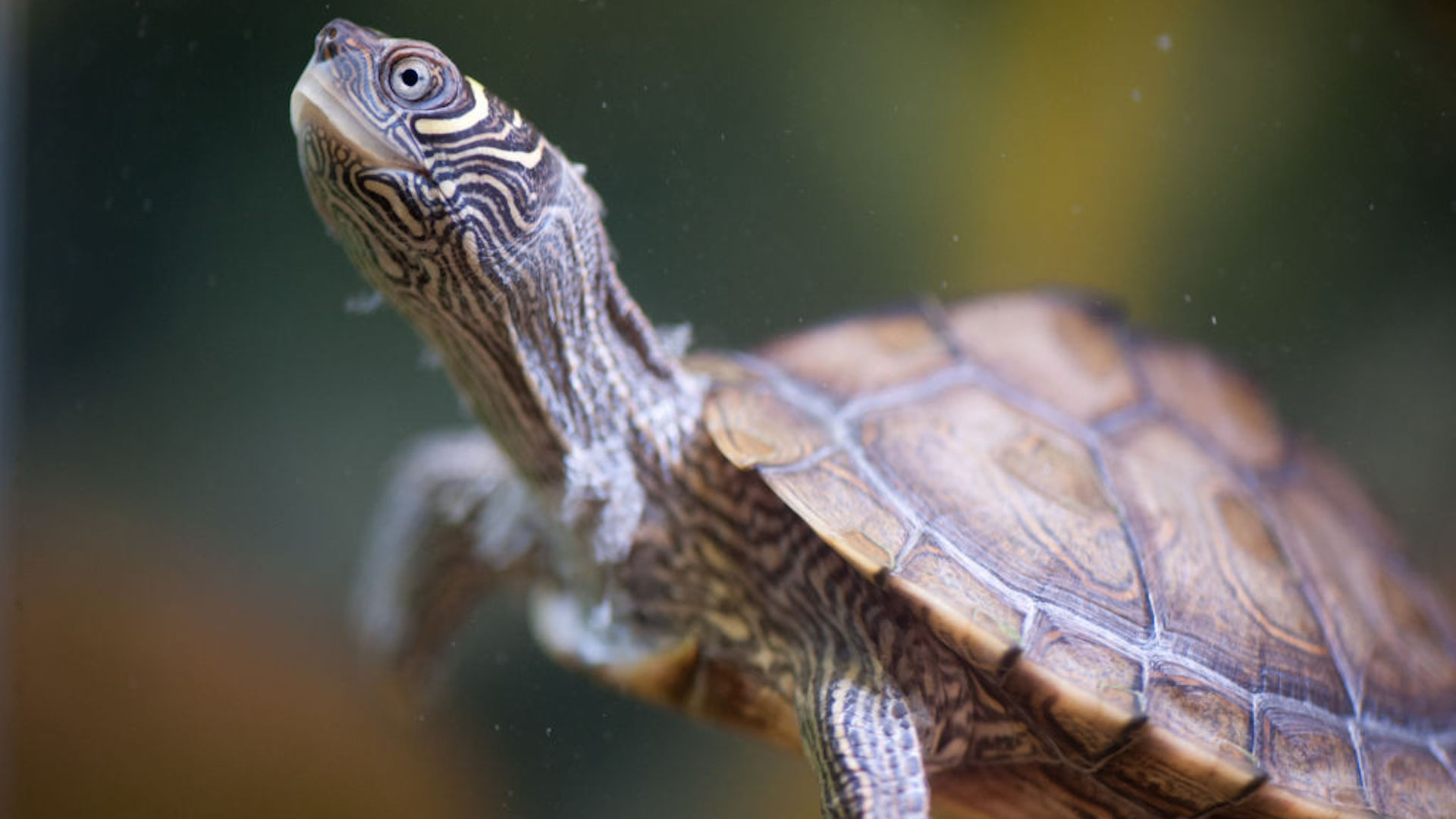
https://www.petsradar.com/buying-guides/best-fish-tankWant to hear some fun facts about pet turtles? How about this? Did you know there are more than 350 species of turtle living in the world – on land, in the sea, and in freshwater? Turtles are fascinating creatures, from their prehistoric origins to their fantabulous bony shell, as unique to each turtle as a fingerprint.
A pet turtle might be an appealing addition to a household, but they require specialist care which is not to be undertaken lightly. Whether the “turtle” is indeed a turtle, terrapin, or tortoise, they have common physical traits and major differences – as well as having different classifications depending on where in the world you’re based. Although, one thing they will have in common is that they will certainly enjoy one of the best fish tanks to make a home in.
Let’s take a closer look at more fun turtle facts.
32 fun facts about pet turtles
1. Turtle, tortoise or terrapin?
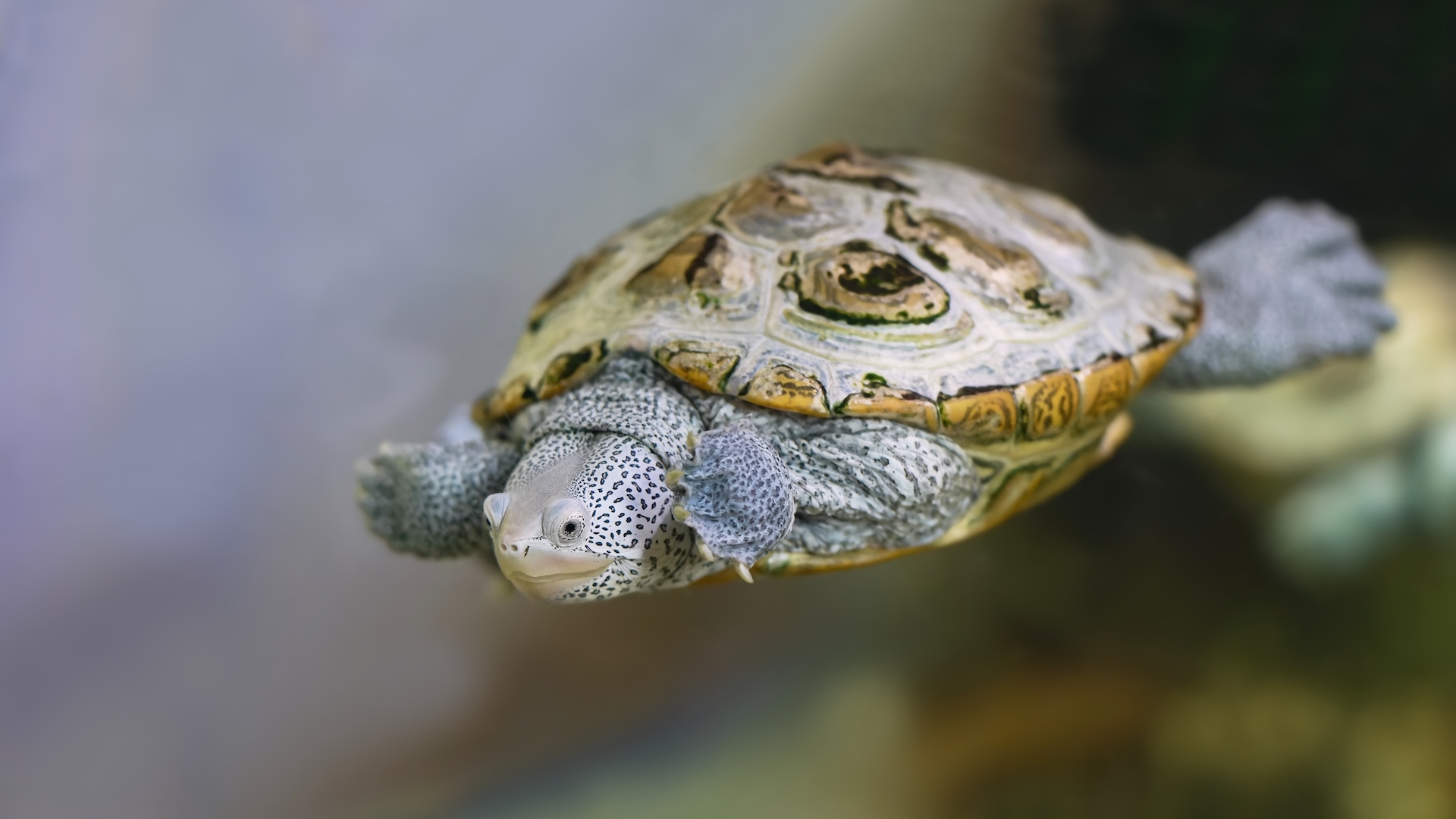
Regardless of whether you’re talking about turtles, terrapins, or tortoises, all three are chelonians – reptiles with shells. The nitty-gritty of which is which largely comes down to where you are having this discussion. In the UK, tortoises are land-dwellers, while turtles and terrapins are aquatic (terrapins are slightly fonder of the land than turtles).
But in the US, turtle covers all three. The American Society of Ichthyologists and Herpetologists (devoted to the scientific study of fishes, amphibians, and reptiles) uses “turtle” to describe all species of chelonians, regardless of whether land-based, marine, or freshwater, but “tortoise” is their more specific term for slow-moving terrestrial species.
2. How many bones in a shell?
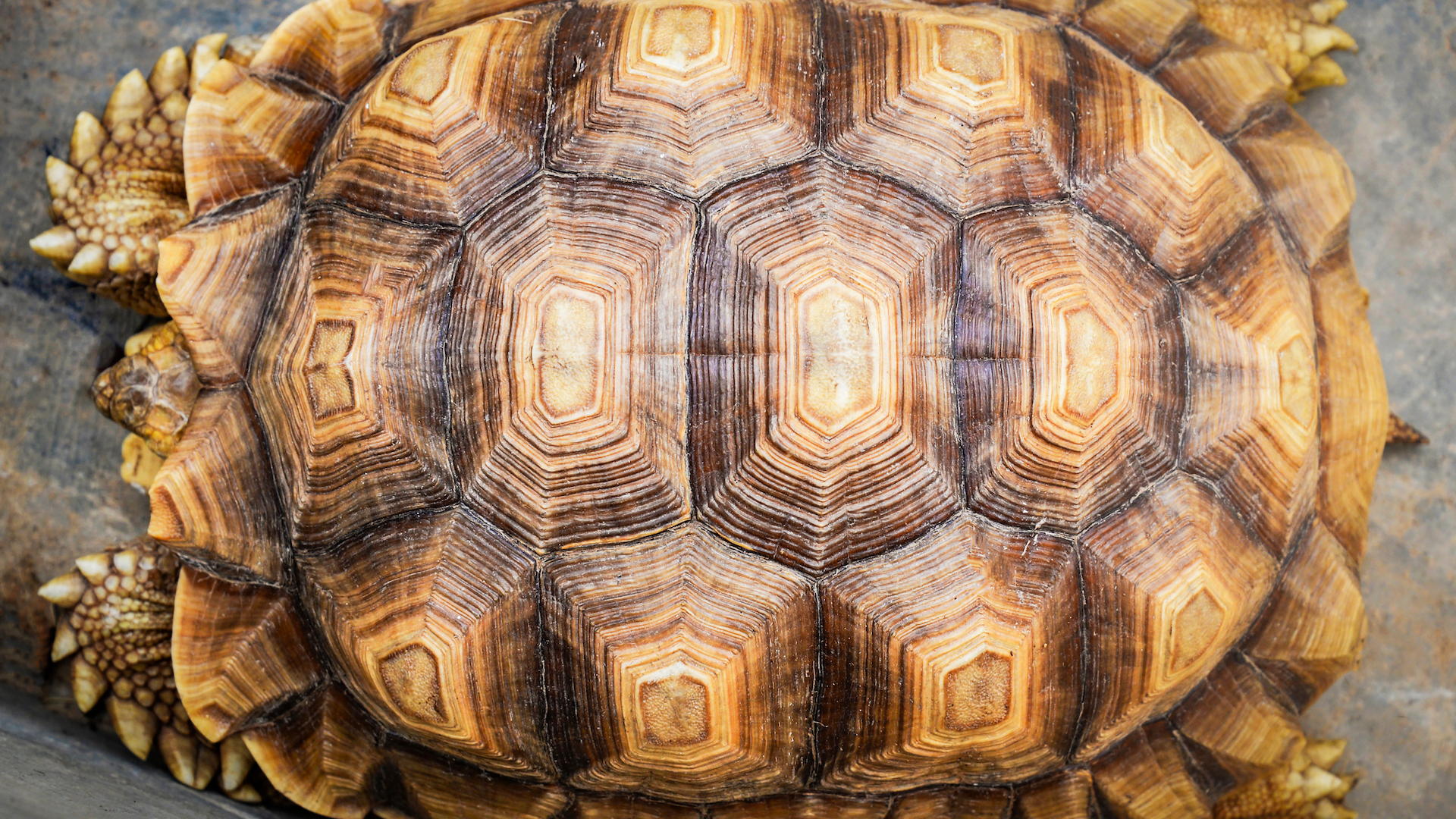
The turtle’s shell is made of bone – or more accurately bones. At least 50 bones make up the shell, which consists of the domed carapace at the top, and a flatter plastron covering the belly.
3. Toothless turtles
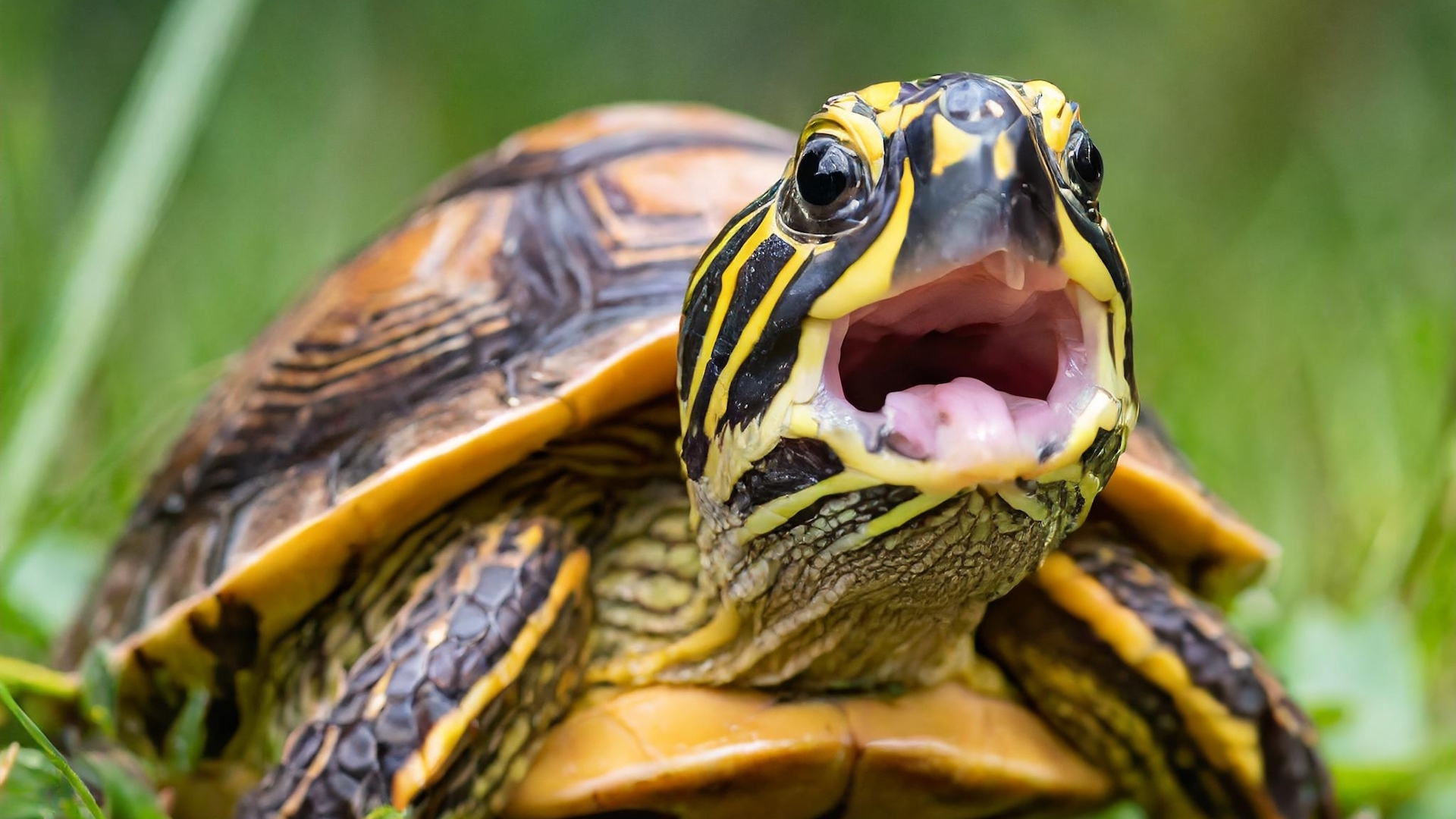
You’ve heard the saying “As rare as hen’s teeth” – well, turtles have no teeth at all. They are the only toothless reptile. Their mouths have a hard edge like a beak that they use for biting, which is made of keratin (the same hard substance as horses’ hooves). Some turtles have more serrated beaks.
4. Feet designed for purpose
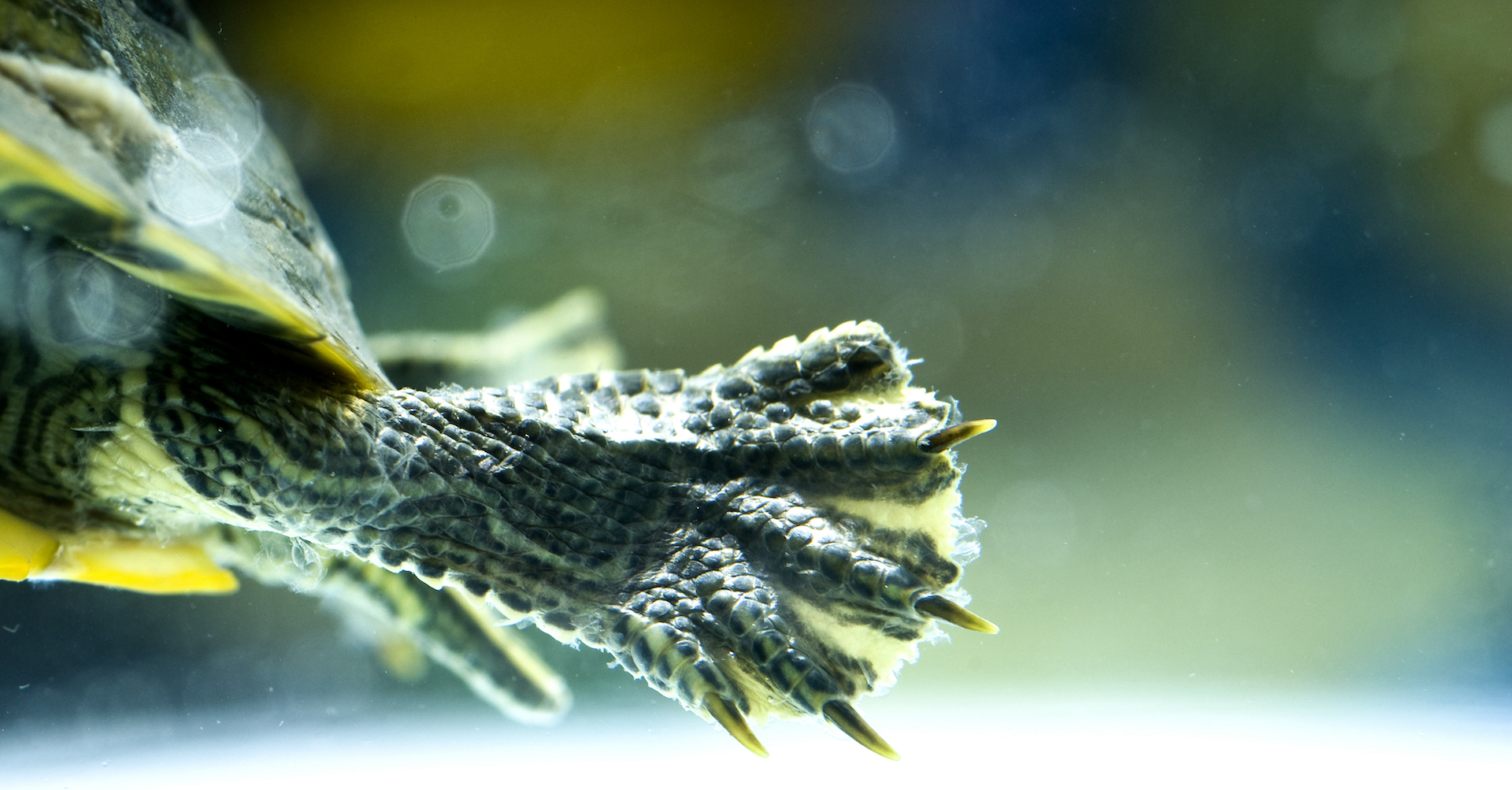
Aquatic turtles have webbed feet or flippers – to help propel them through the water. The semi-aquatic turtles that spend some time in the water, some on land, tend to have webbed feet with claws, while the fully aquatic marine turtles have flippers – and they can swim fast.
Tortoises, on the other hand, have club-like forelegs and hindlegs rather than elephants. As land-dwellers, they don’t need to propel themselves through water, rather they need strong, powerful legs to carry their heavy weight and shell around on terra firma.
5. Salmonella carriers

Turtles commonly carry the salmonella bacteria on their shell. Although this doesn’t make the turtle sick, it can cause serious, possibly fatal, infection in humans. It is the most likely germ you will catch from your pet turtle, so always wash after handling them.
6. Long life
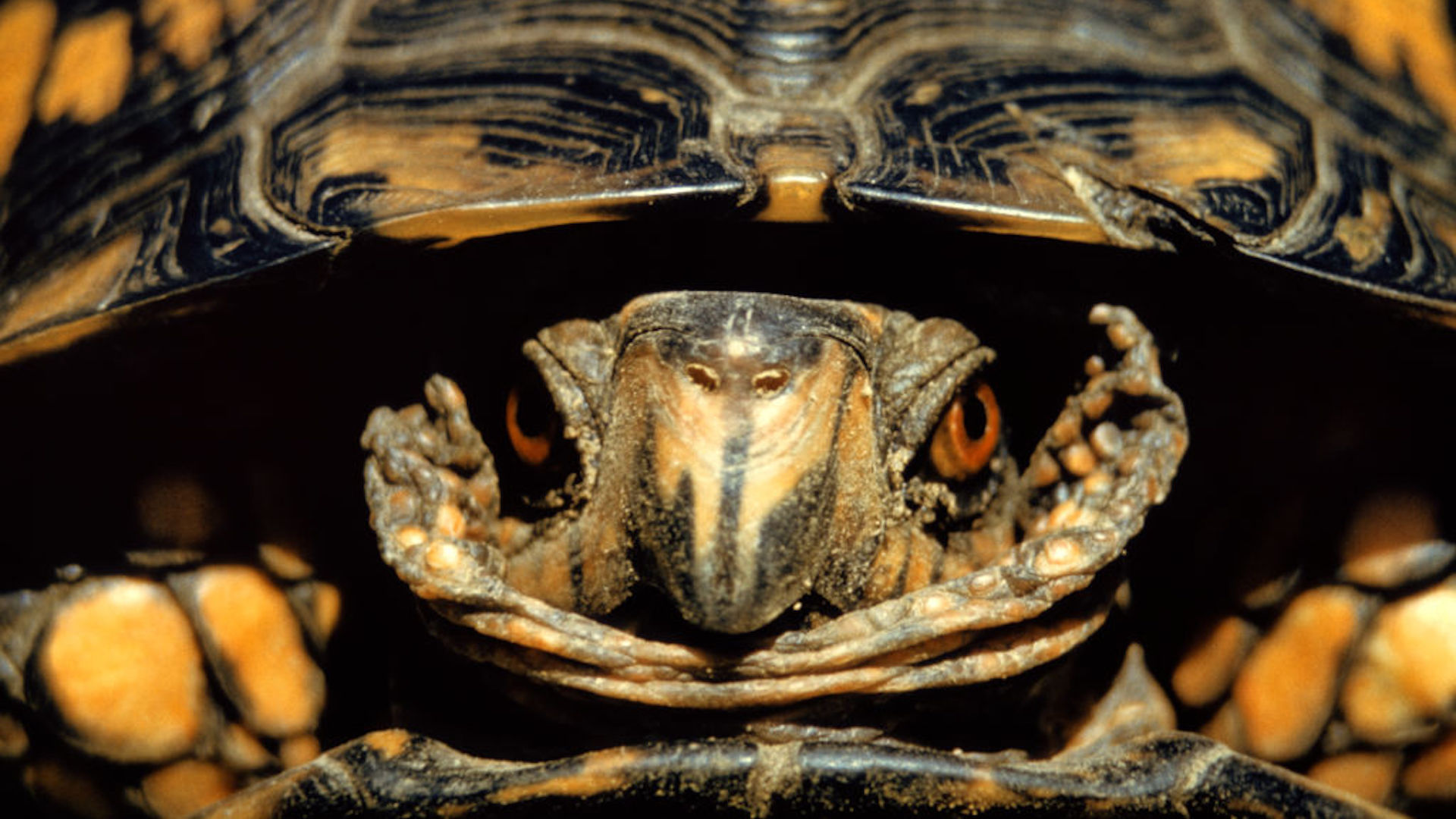
The lifespan of a turtle is largely dependent on the species. As a general rule, tortoises live the longest, but turtles are also fairly long-lived compared to most domestic pets, assuming all their needs are met. Expect an aquatic turtle to live around 20–30 years in captivity, with some of the marine turtles living for 50 years or more. Tortoises meanwhile can live for an average of a staggering 100 years or more! Even in the wild, their shell means they are less vulnerable to predators than many other animals, so their survival rate is good.
7. How to tell the boys from the girls
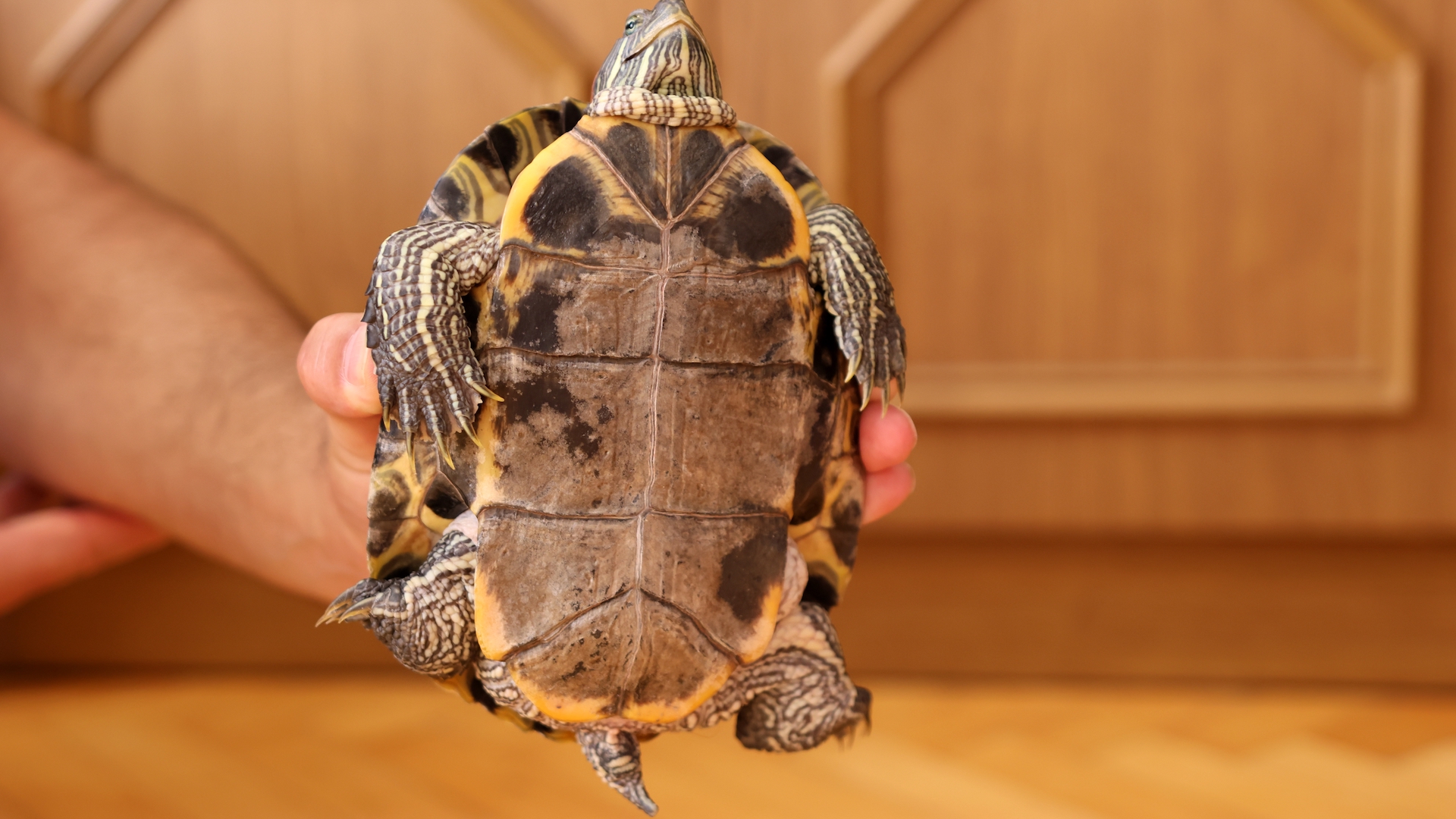
When you acquire a pet turtle, you may not know what its gender is. The gender is determined by the temperature during the incubation of the egg – cooler produces males; warmer produces females. Once out in the big wide world, some types of turtles are easily distinguished by appearance – for example, by size, color, and claw length.
However, the most common way to determine turtle gender is by the tail length. Females have short, thin tails, while the males’ are longer and thicker. It’s easier to work out when you have a few of the same types to compare.
8. Egg-layers

Turtles lay and hatch from eggs – though, like hens, the females can lay eggs without mating. These eggs will not produce baby turtles. For pet turtles, unfertilized eggs should be removed and not left to rot.
9. Vitamin A demands
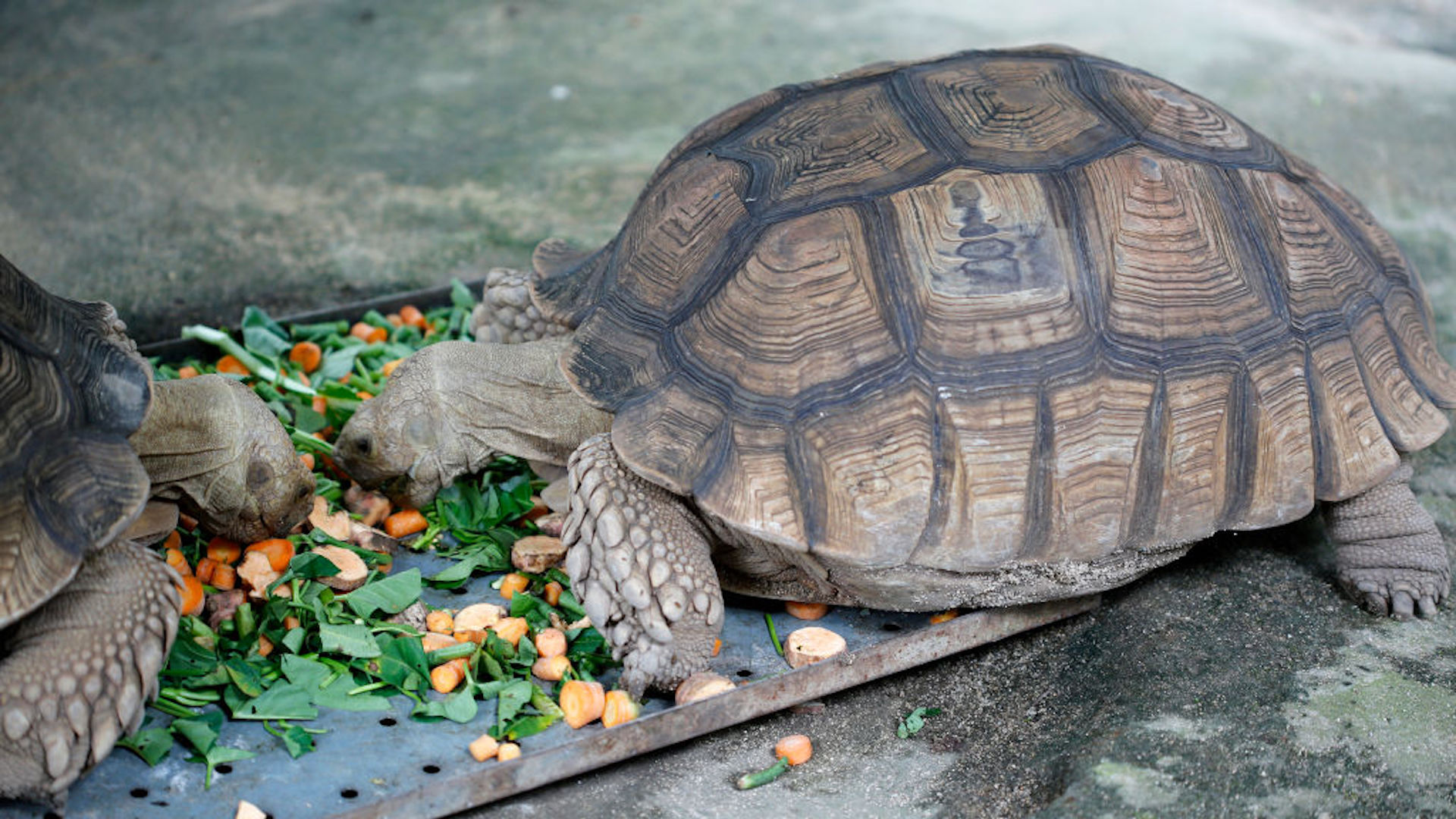
We all need our vitamins and turtles are no different. They cannot store vitamin A in their bodies, but it is essential for their eyes, skin, mouth, lungs, muscles, bones and reproductive system – everything! Pet turtles are particularly susceptible to vitamin A deficiency which means you need to supply vitamin A sources in its food, from veggies such as leafy greens, and colorful vegetables such as bell peppers, carrots and squash.
A lack of vitamin A can cause swollen eyelids, kidney failure, lethargy and other symptoms.
10. Owner recognition

Turtles make for rewarding pets because they can recognize the sights and sounds of their owners. Many owners notice how their turtles will gravitate toward them when they enter the room. They have good eyesight and may associate humans with feeding time – or a bit of attention and affection! No wonder they are one of the best aquarium pets that aren't fish.
11. An ancient species

Turtles have been around for over 250 million years, originating in the Triassic Period, according to the Natural History Museum, and have survived several extinction events. Fossil turtles provide evidence, as well as cave paintings and rock art.
12. Shell armor
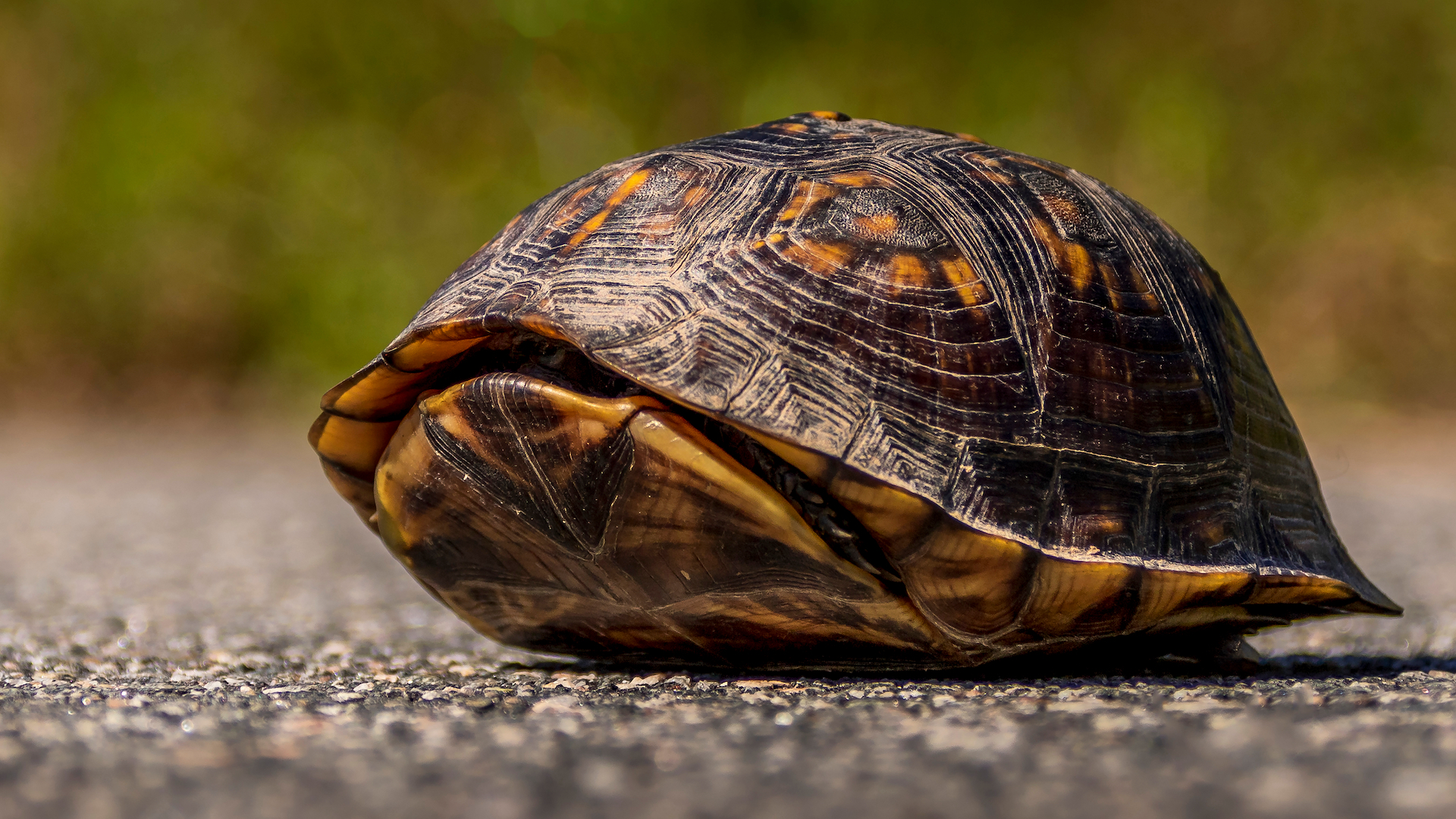
A turtle’s shell is a very effective form of protection from predators, as they can pull their head, legs, and tail inside the shell, which makes it very difficult for the predator to attack them successfully. This almost impenetrable bony structure is fantastic at protecting them not only from predators but also from abrasion, threats in the environment, and even fire.
However, if this super strong shell is penetrated, this serious injury could be fatal, as it leaves the turtle vulnerable to infection, bacteria, and predatory attack.
13. The real meaning of “come out of your shell”
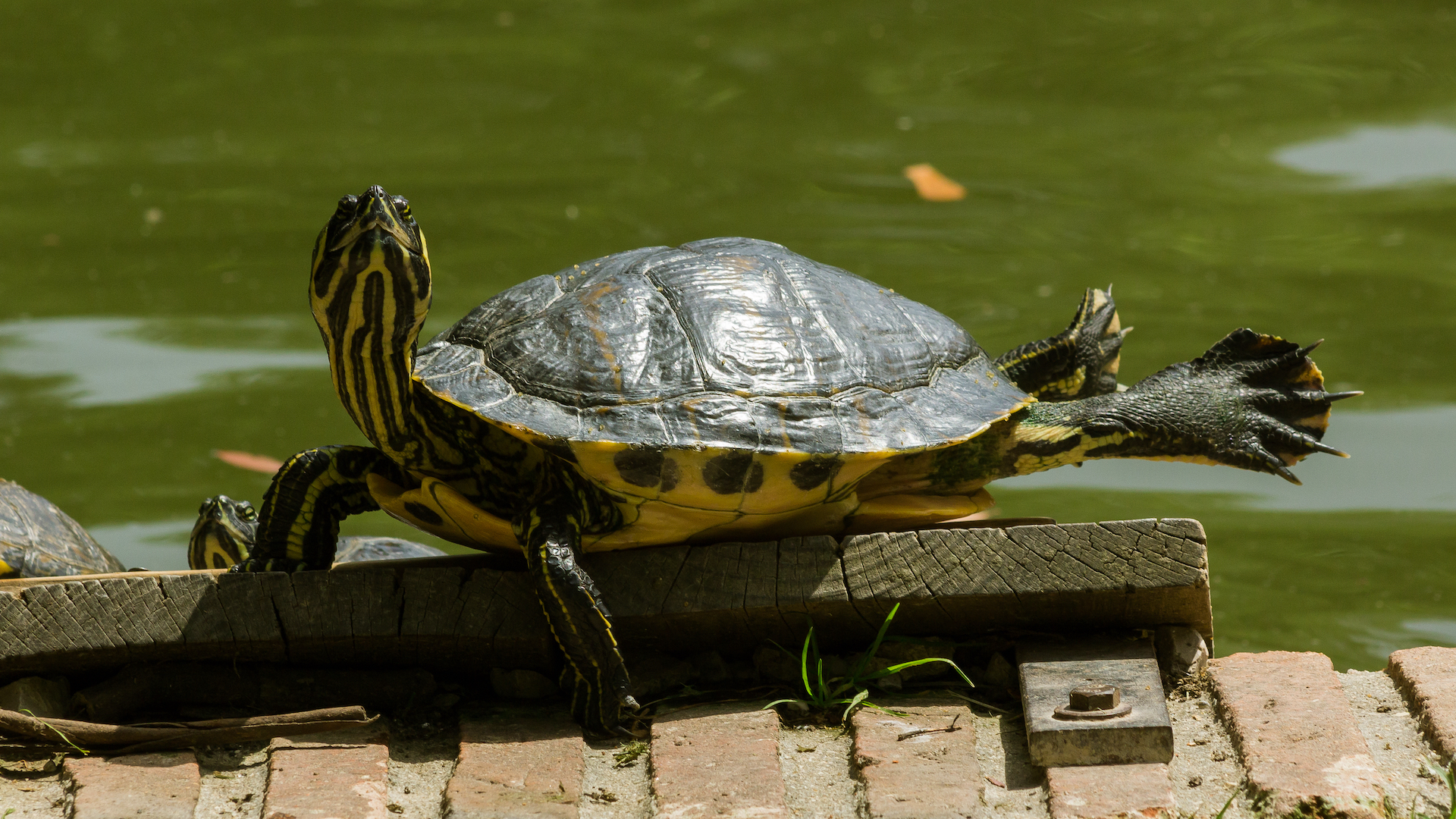
Unlike the hermit crab, the turtle cannot come out of its shell. The bony structure is part of the turtle’s skeleton and spine, fused with its bones, and therefore the turtle cannot be separated from its shell. But when the turtle is not feeling vulnerable to attack, and to move around, they will have their neck, head, legs, and tail out of their shells.
14. Easy eaters
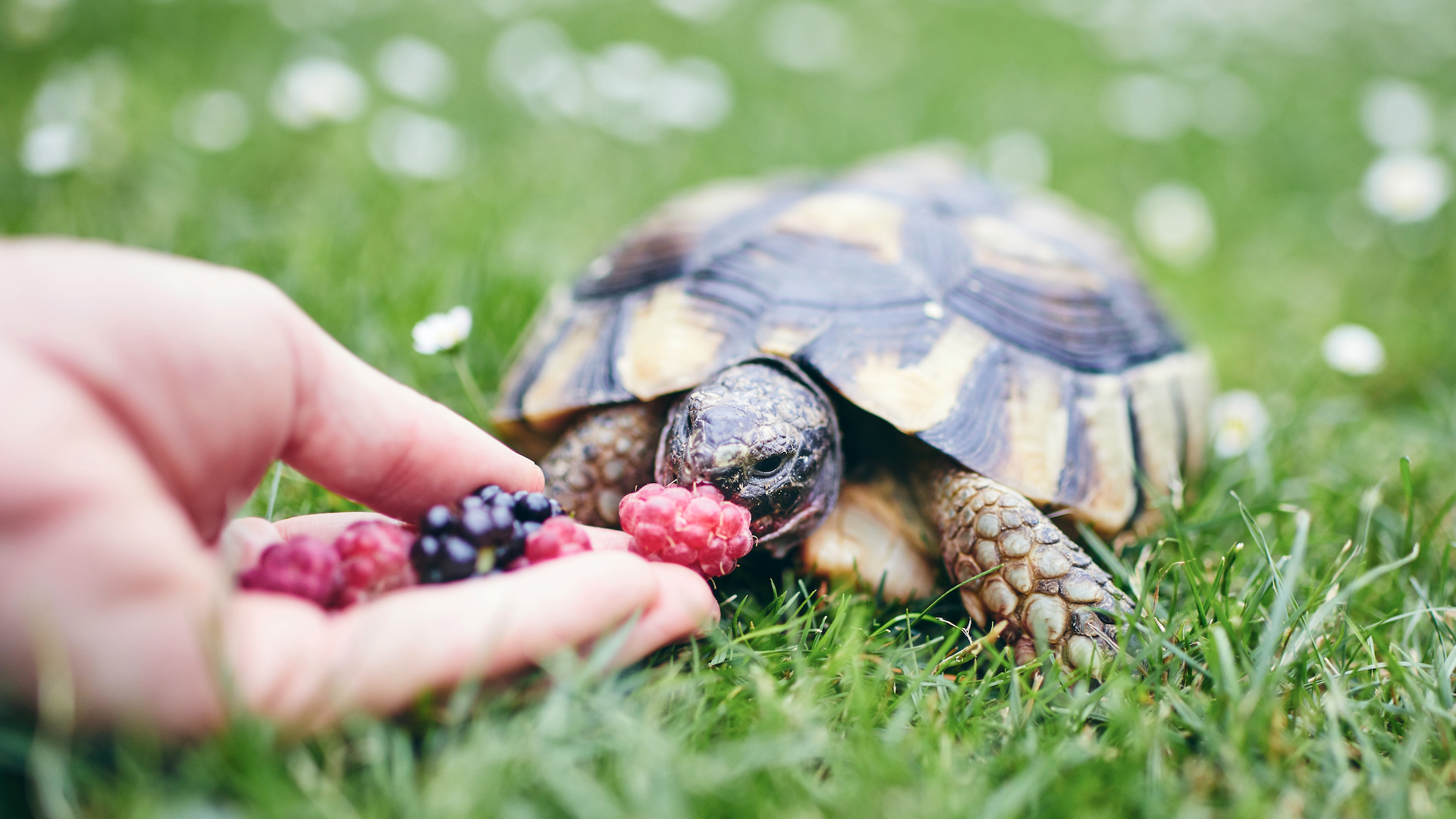
What do pet turtles eat anyway? Turtles can be herbivores, carnivores, or omnivores depending on their species, and even their age. Some – especially the land-dwelling tortoises – are strictly vegetarian, eating plants, while others focus on animal protein. However, most eat a bit of both.
15. At risk of extinction

According to the International Union for Conservation of Nature, more than half of the world’s 360 chelonian species are threatened with extinction, with many endangered, some critically. This is due to several factors, including habitat loss (due to rising sea levels and other human activities), pollution, climate change, and global trade.
16. Cold-blooded creatures
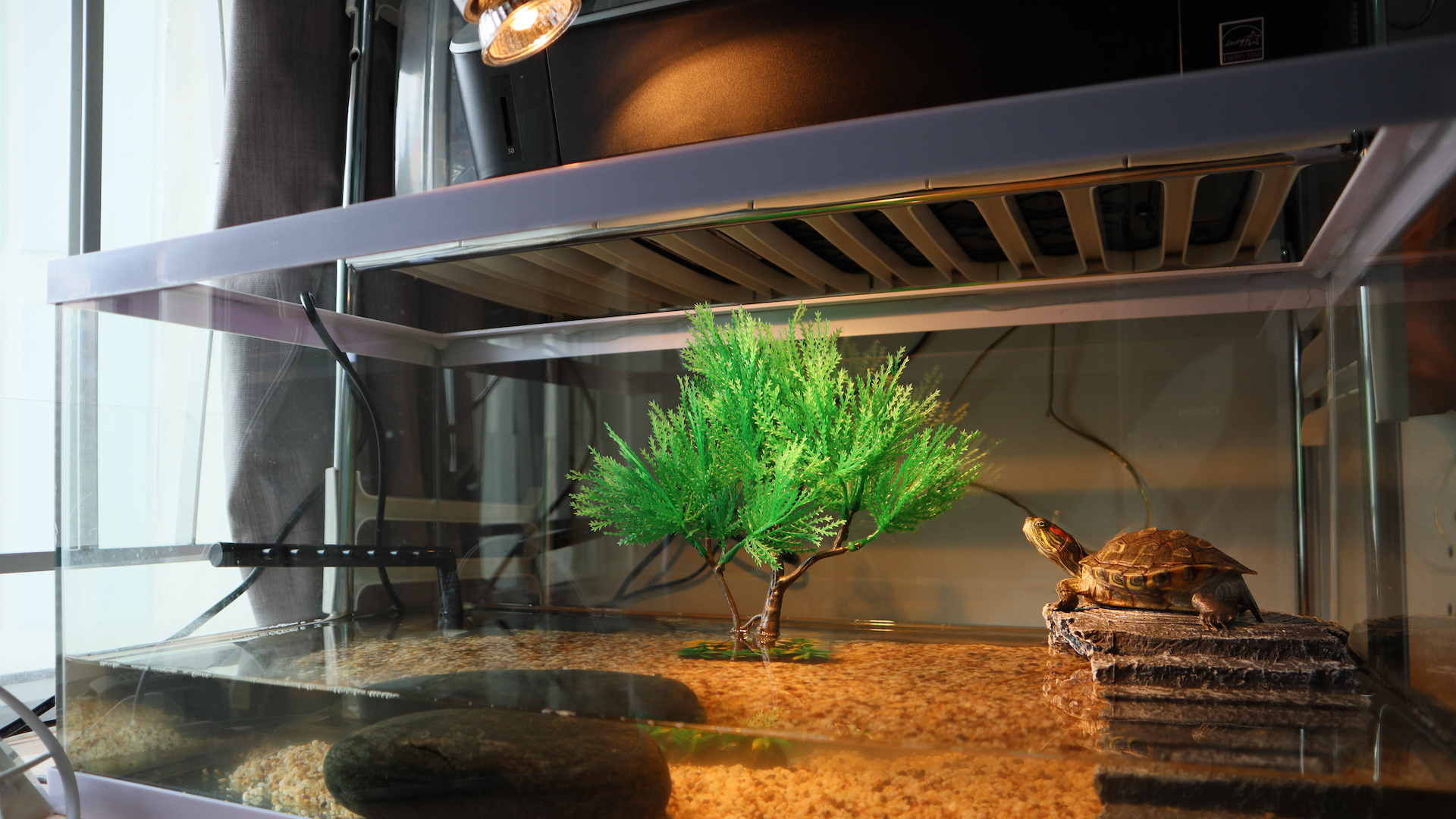
Turtles are ectothermic – cold-blooded – meaning they cannot regulate their own body temperature. Water that drops below the temperature of 50ºF will have an effect on the turtle, making them lethargic and unable to swim. For your pet turtle, make sure they have infrared lamps so they can keep appropriately warm, and also UVB light to help them produce vitamin D.
17. Earless – but can they hear?
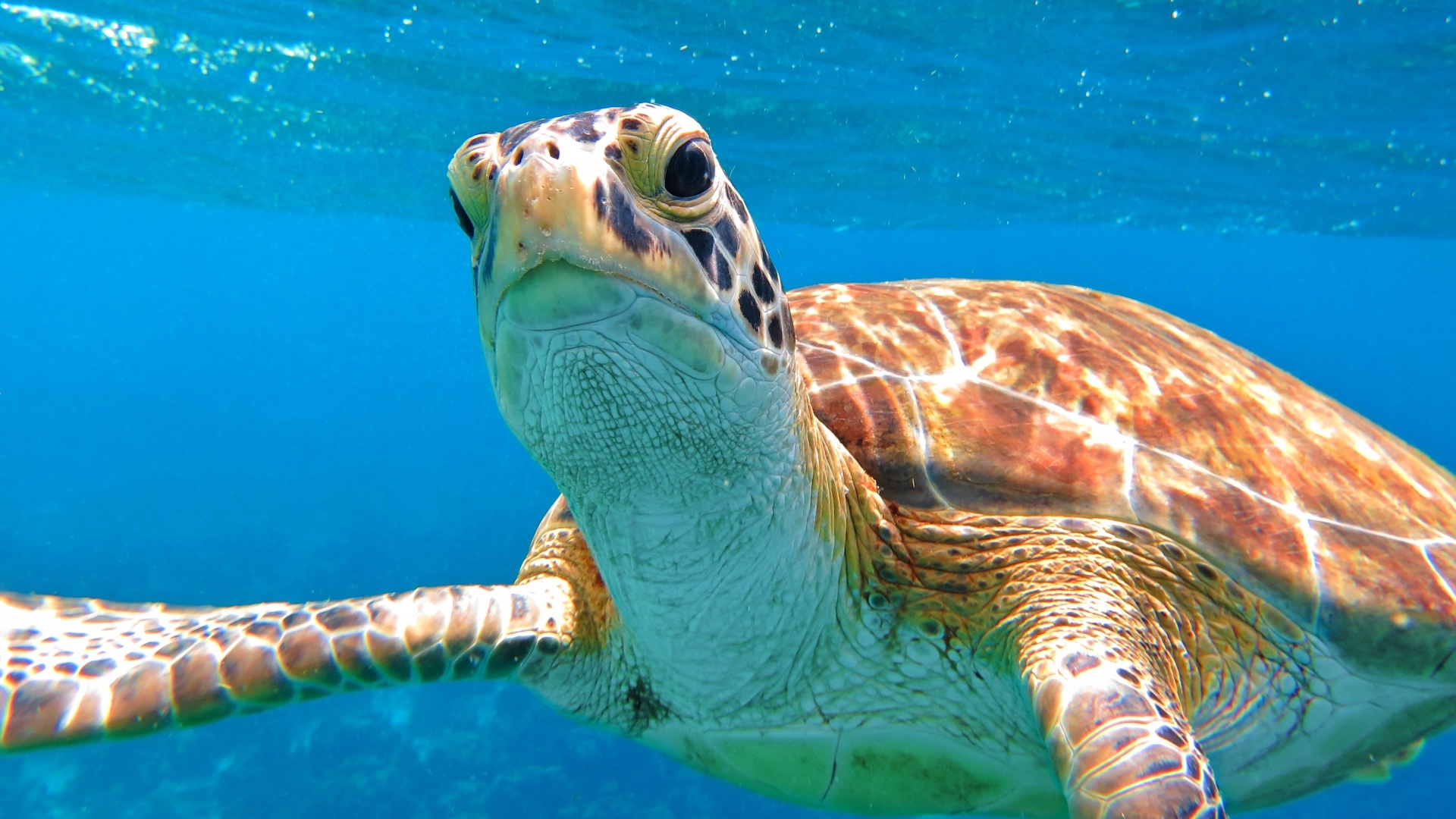
Turtles have no ear openings – however, this doesn’t mean they can’t hear. In fact, their internal ears can hear sounds and vibrations and are particularly sensitive underwater. Turtle fans say they can even recognize their owner’s voice.
18. Where a turtle’s rib cage is

A turtle’s magnificent shell is made up of modified ribs – meaning that the carapace (or the top of the shell) is actually its ribcage. The individual ribs are fused together from the spine to form this protective armor.
19. Touchy-feely shells
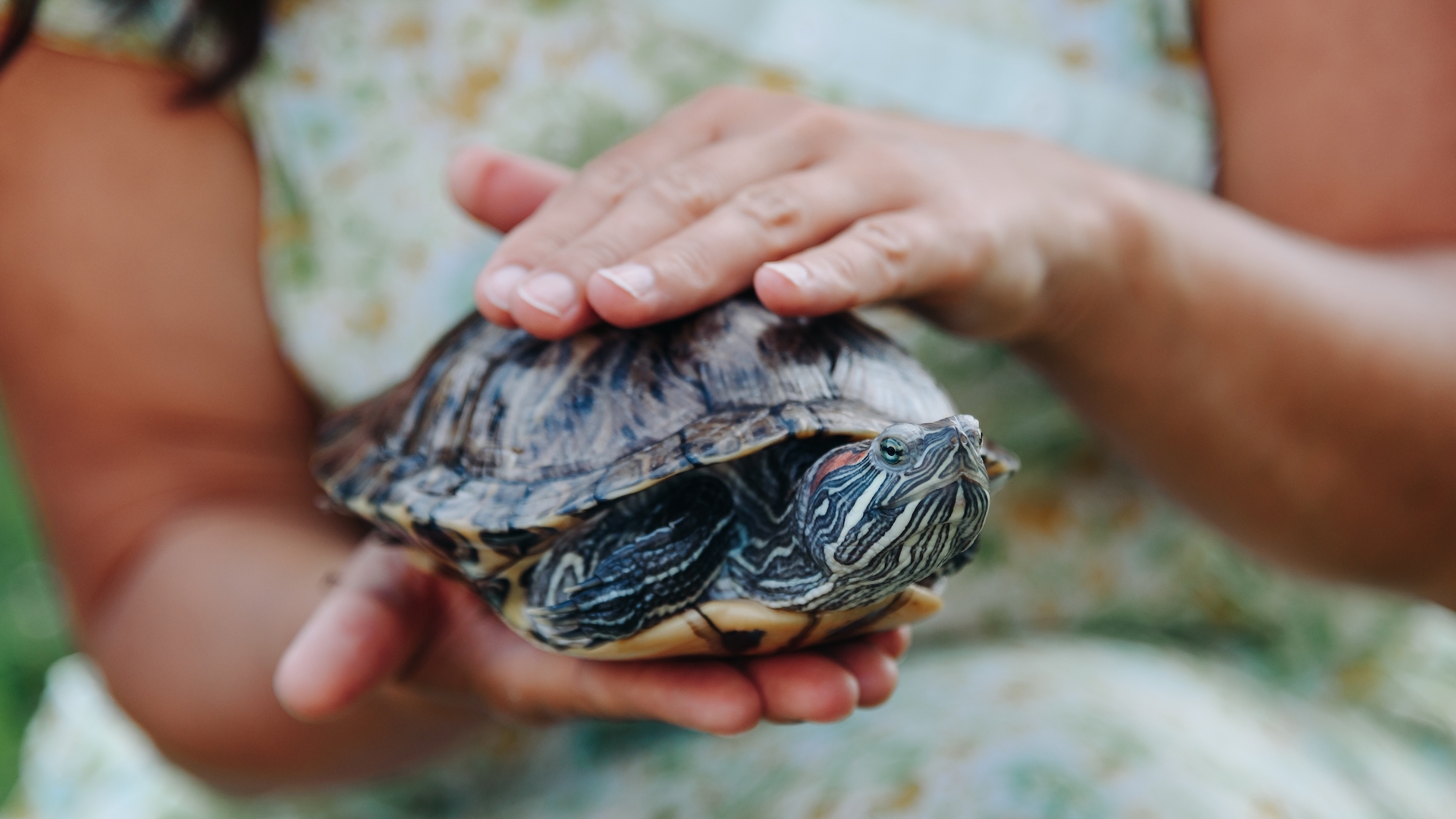
Those hard armored shells aren’t as tough as they look! The shell is made of living protein – keratin – the same as our fingernails or horses’ hooves. It is sensitive to pressure and there are nerve endings in the shell, meaning turtles can feel if you scratch them, touch them, stroke them – and they feel pain. Many owners report their turtles love a good scratch!
20. From little to large
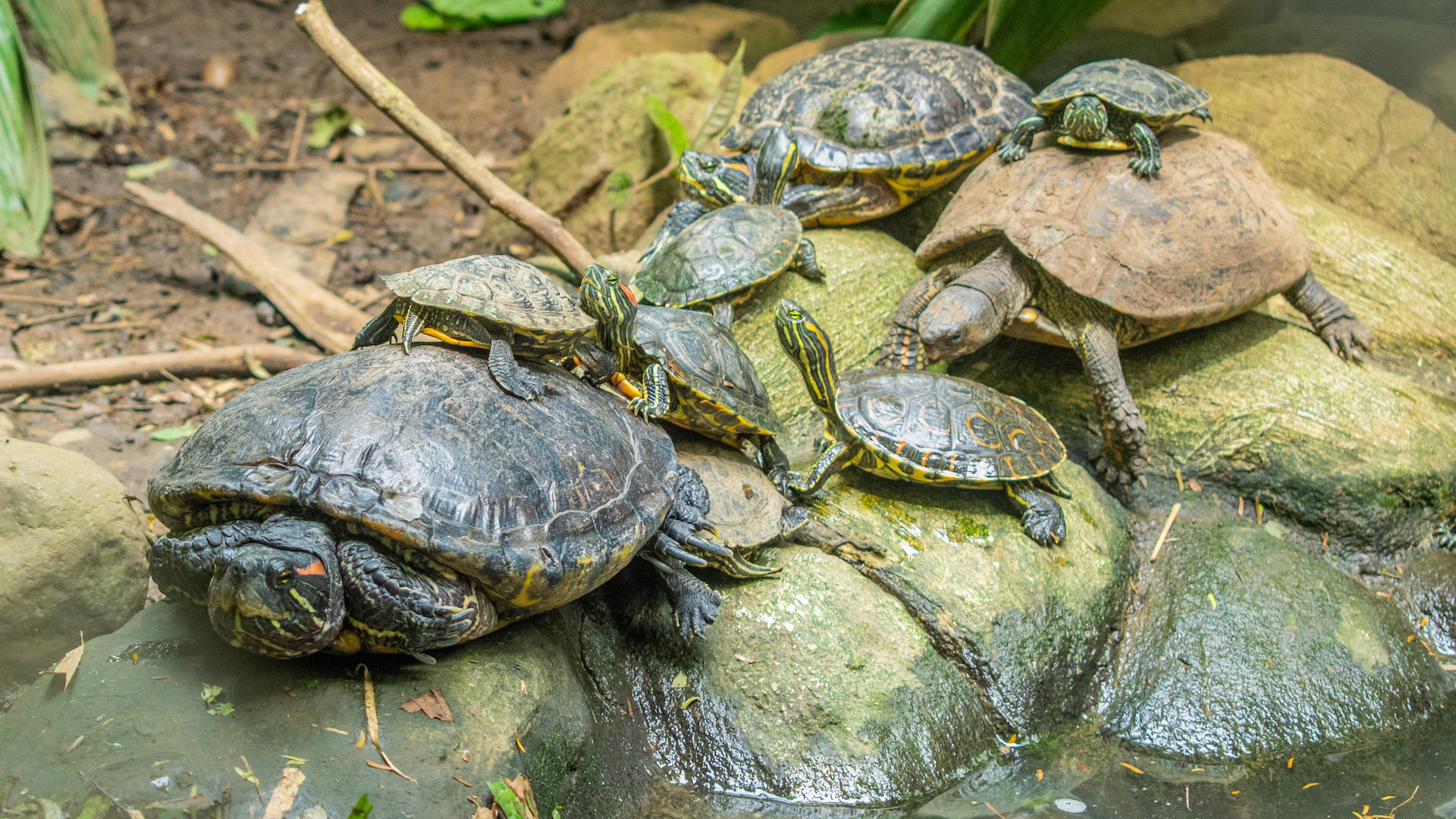
Turtles vary enormously in size according to their type. Some tiny turtles may never grow more than 1.5in long, while the humungous leatherback turtle can reach lengths of up to 8ft 10 long and weigh 1,100lb. Most pet turtles are around 5–12in long.
21. Super swimmers
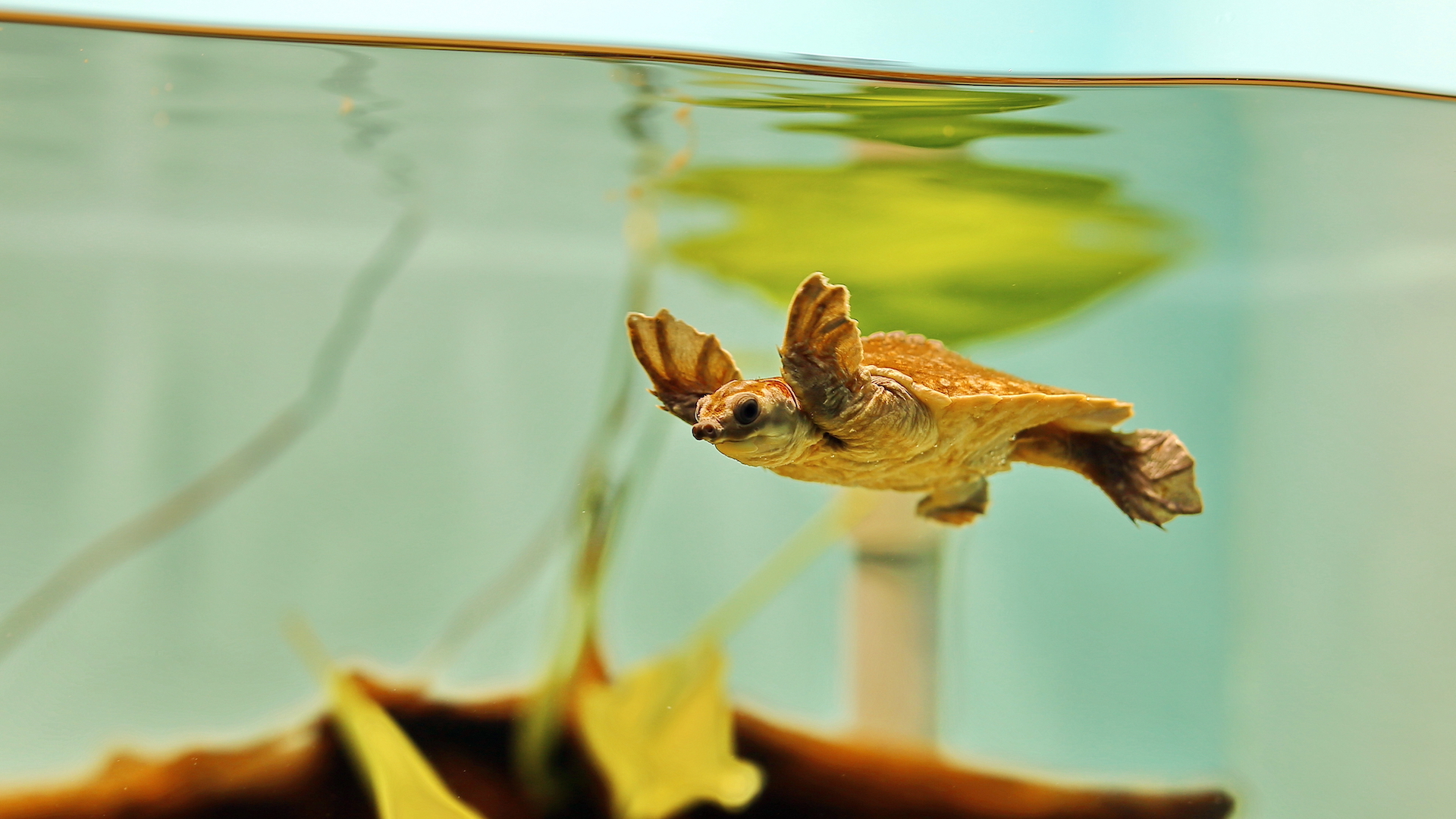
Thanks to their excellent swimming skills, turtles are the fastest-moving reptiles apart from birds. The huge leatherback turtle swims at around 20mph, racking up an impressive mileage per year, though most are not as speedy. As turtles can cover large distances with their paddle-like flippers, do not skimp on tank size, so that your pet turtle can enjoy propelling themselves through the water.
22. Dealings with dinosaurs

While turtles rubbed shoulders with the dinosaurs in the Triassic Age, they managed to survive while the dinos died out. Turtles seem to have survived the mass extinctions of the prehistoric eras, likely due to their slow metabolisms (they can go some time without food), aquatic lifestyles and protective shells.
23. Spongy shells
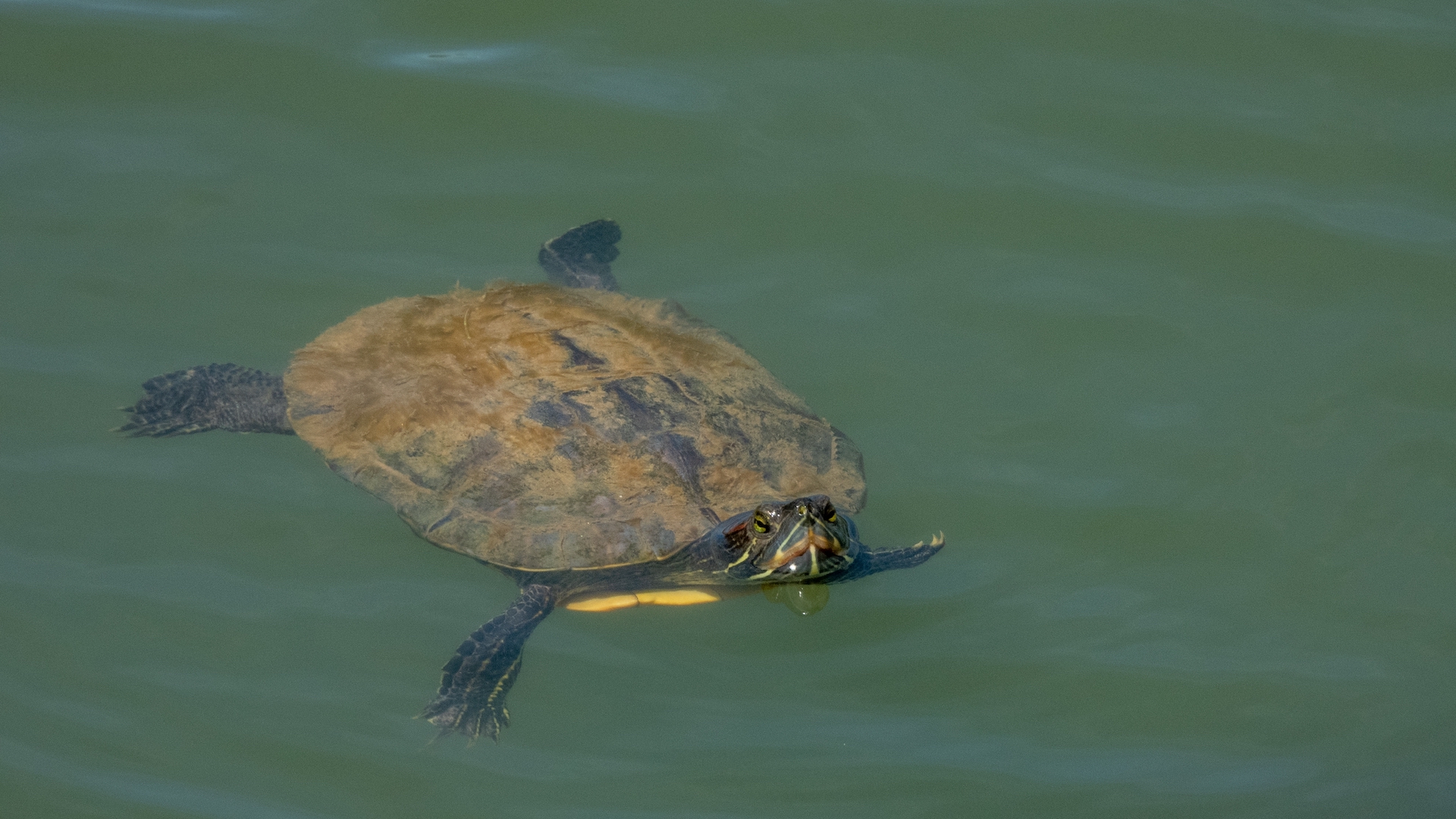
While a soft shell is normally a cause for concern in turtles, the bone that makes up the shell is light and spongy, which enables them to float.
24. Color vision
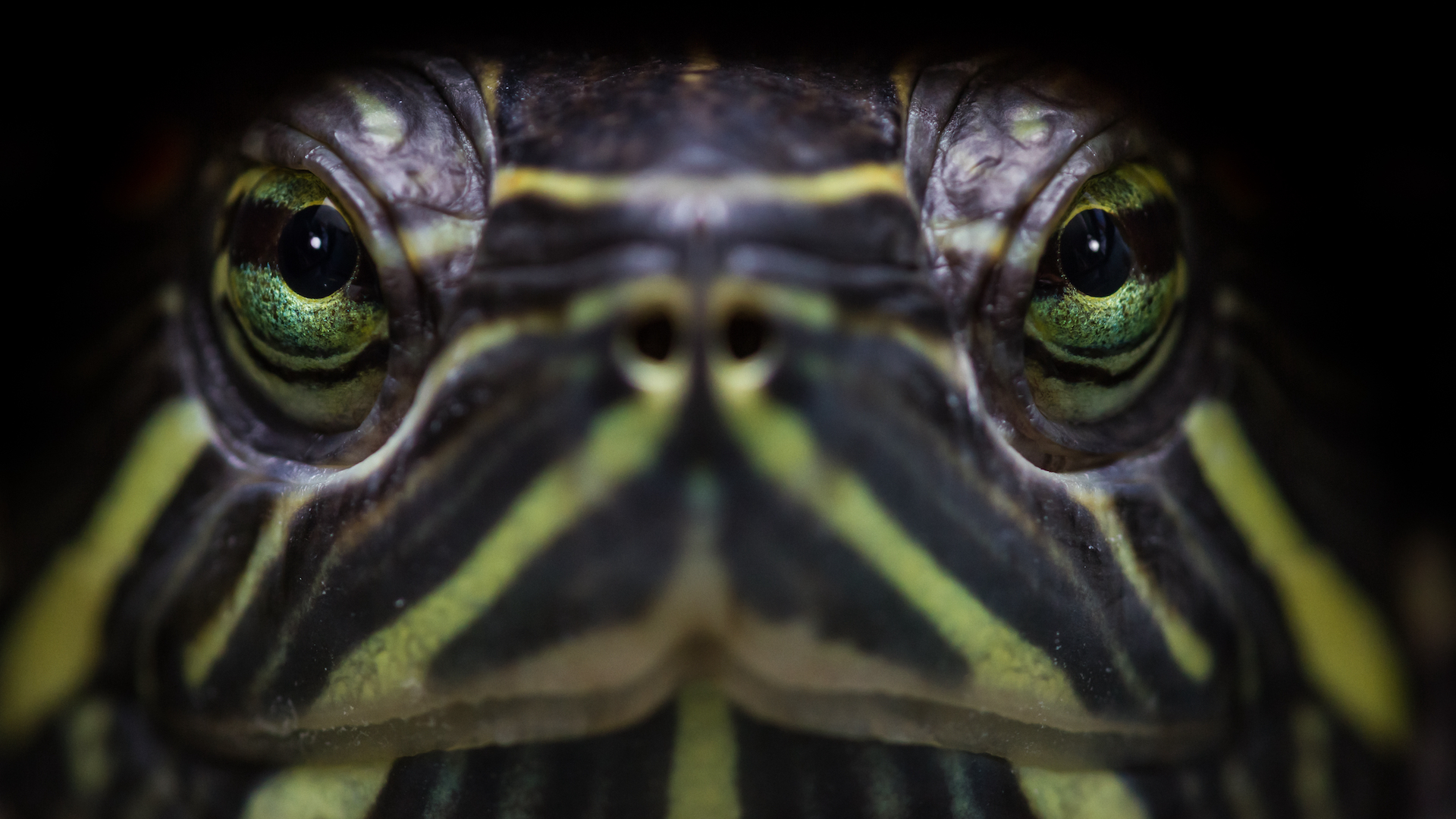
Most turtle species have great color vision, perceiving different wavelengths of light. Researchers have found that turtles have photoreceptor cells that enable them to see in color, but it seems that different species of turtles see the full range of colors to varying degrees. This is likely to depend on their habitat and what they need to be able to see for foraging and survival.
25. Slow walkers
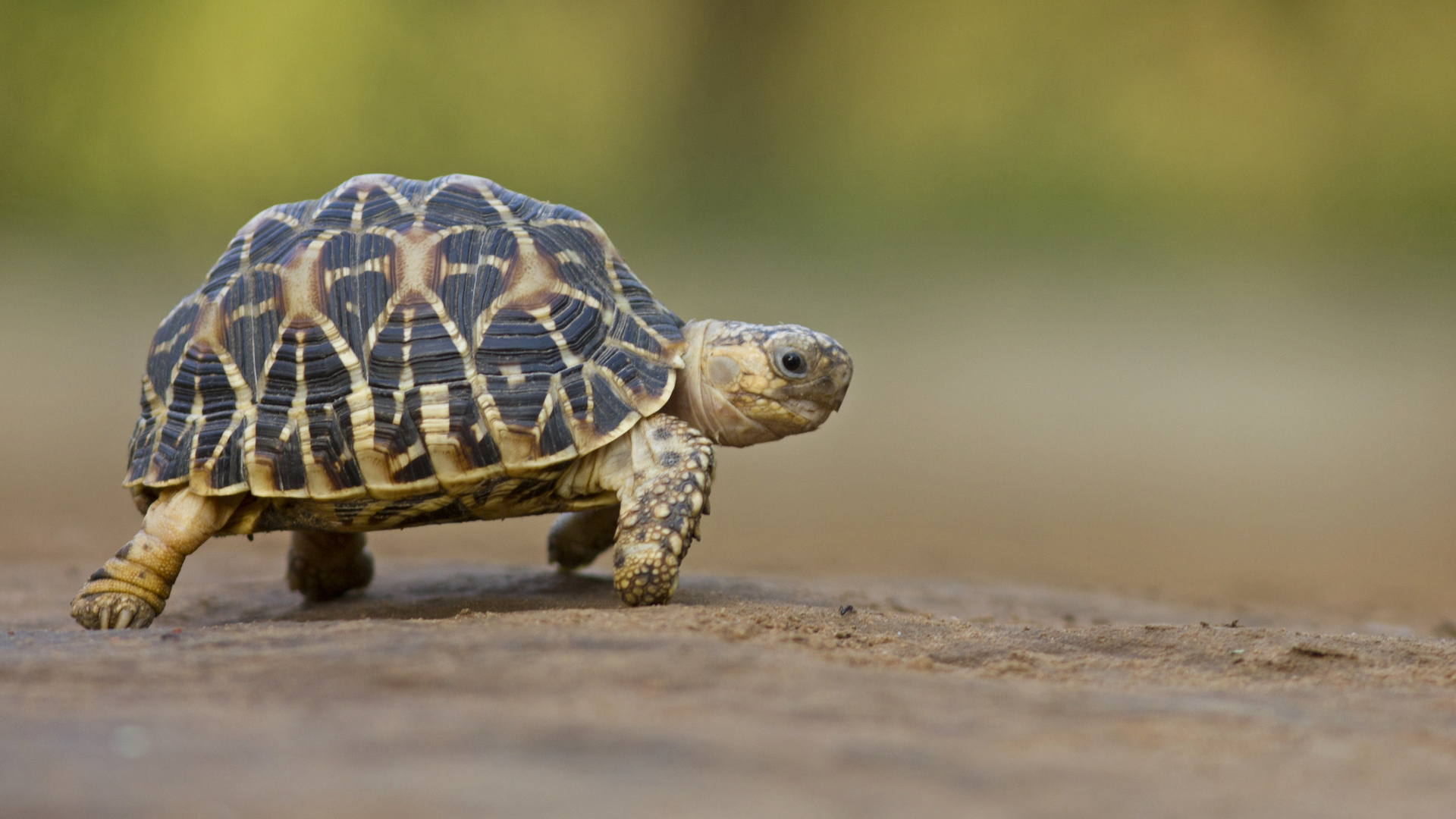
The fable of the hare and the tortoise gives a good impression of the pace at which the latter moves. Tortoises are one of the slowest animals on earth, moving at less than 1mph. Contrast this with the turtle’s speed in the water – up to 20mph, making it a pretty competitive swimmer.
26. Active in the daytime
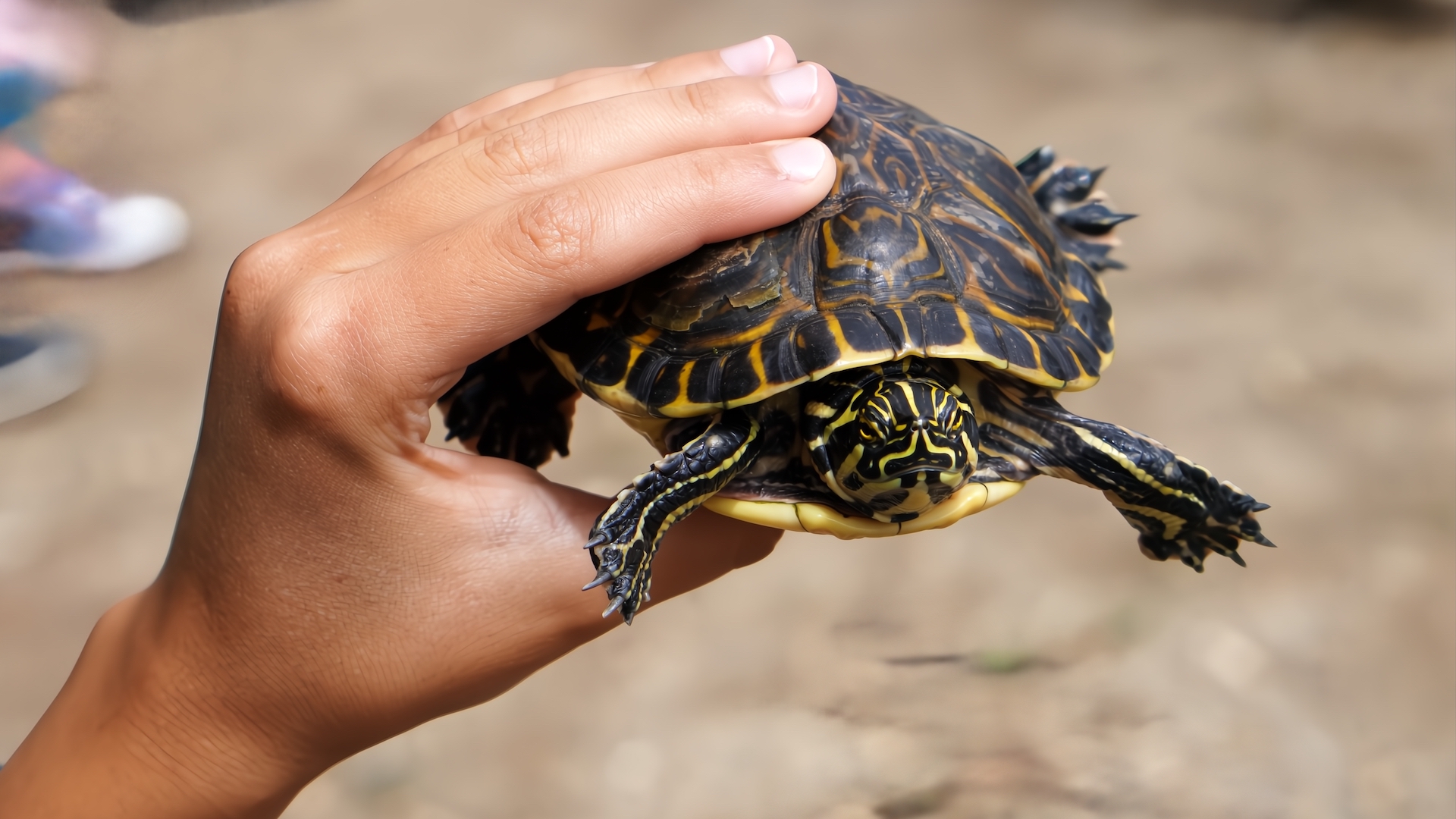
Some turtles are more active at night time, but the majority are diurnal – only laying eggs under the cover of darkness. This makes for a rewarding pet, as they tend to be out and about when we humans are. Aquatic turtles can even sleep underwater for short periods!
27. The exceptional box turtle
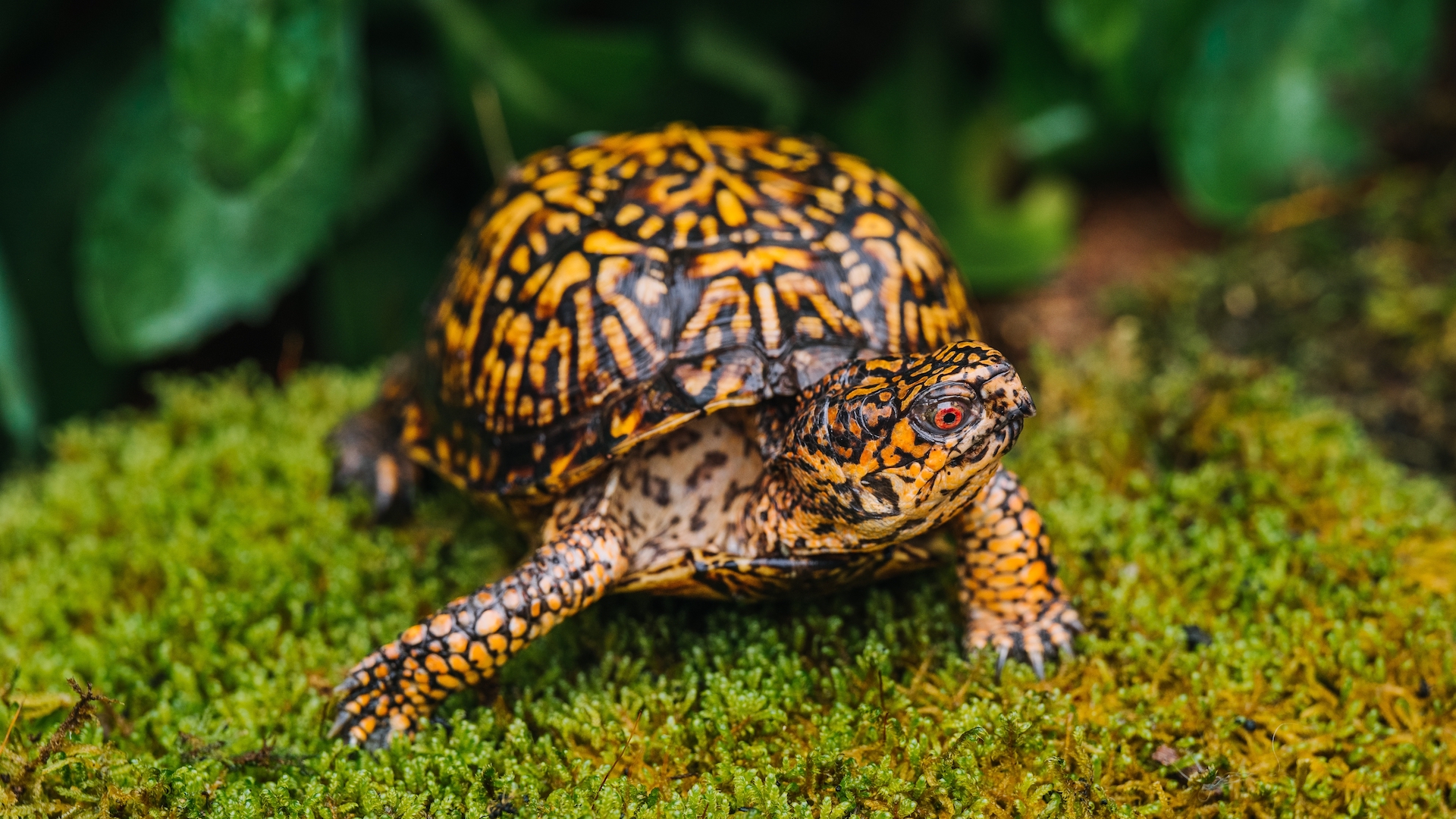
The beautiful box turtle is in appearance more like a tortoise, in that it is terrestrial and superficially similar. However, despite its “torty” looks, it is really a type of pond turtle, and they do enjoy swimming though they do not flourish in a watery habitat.
28. Late maturers
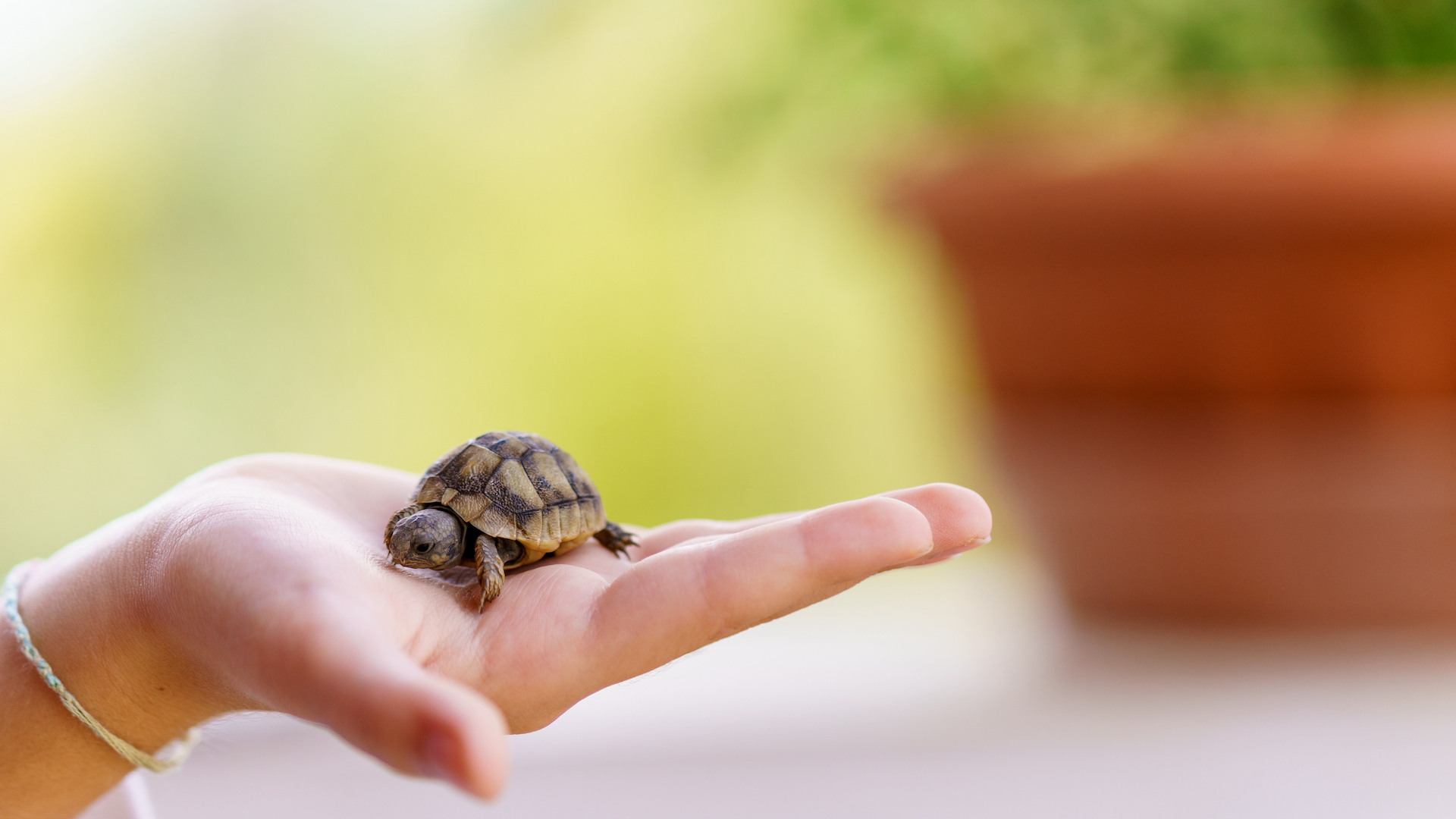
In the wild, turtles take decades to mature, though the range in age of sexual maturity varies widely from one species to another. The smaller species tend to reach maturity as early as two or three years, while the larger ones may reach 50 years old before being reproductive.
29. How turtles breathe
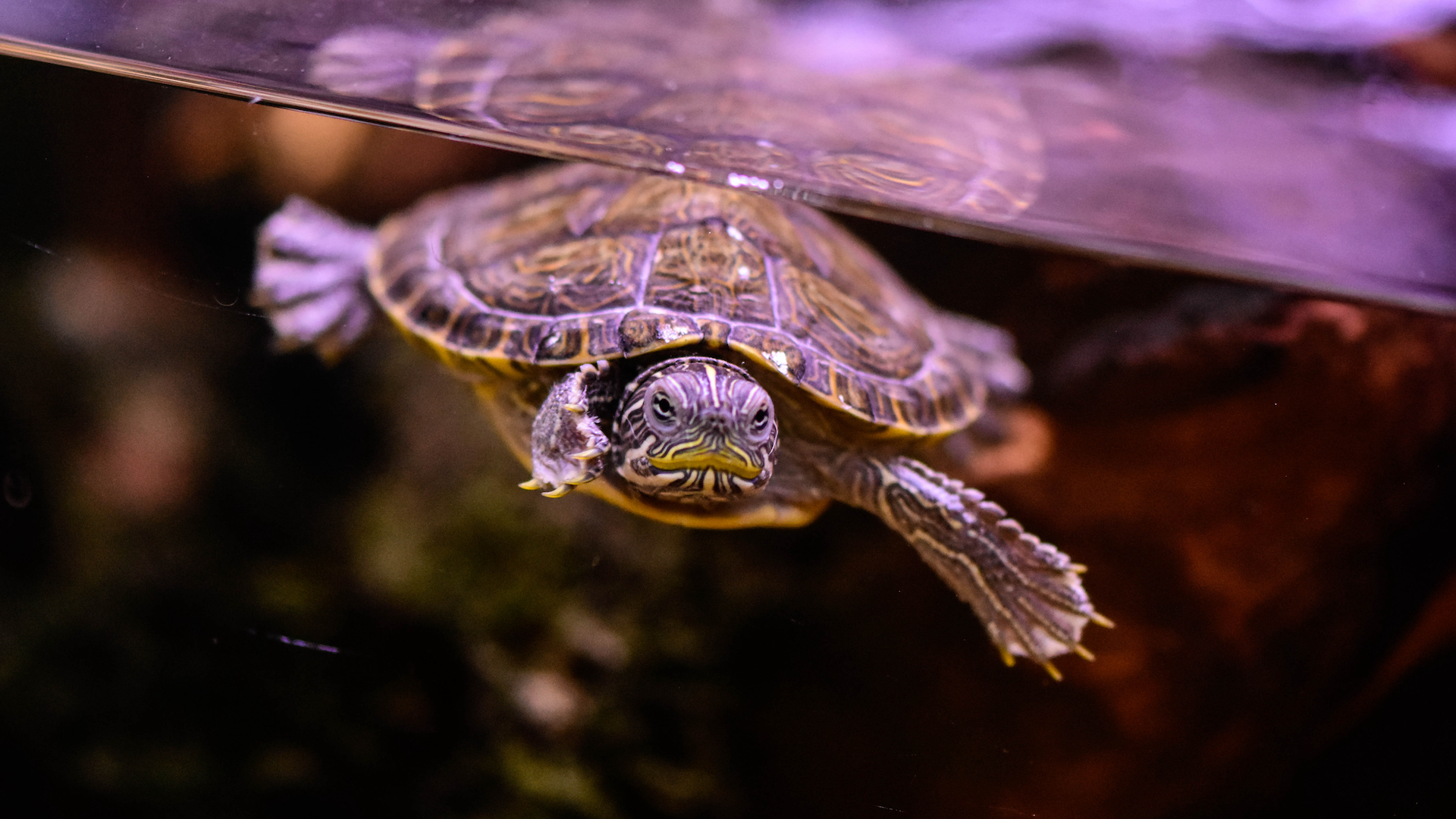
Turtles, like other reptiles, breathe air, not water. They have lungs, not gills like fish, and so even if they live mostly in the water, they need to come up to the surface to breathe now and again. However, they can hold their breath for hours at a time and have special skills to save oxygen, including slowing their metabolism.
30. A global phenomenon
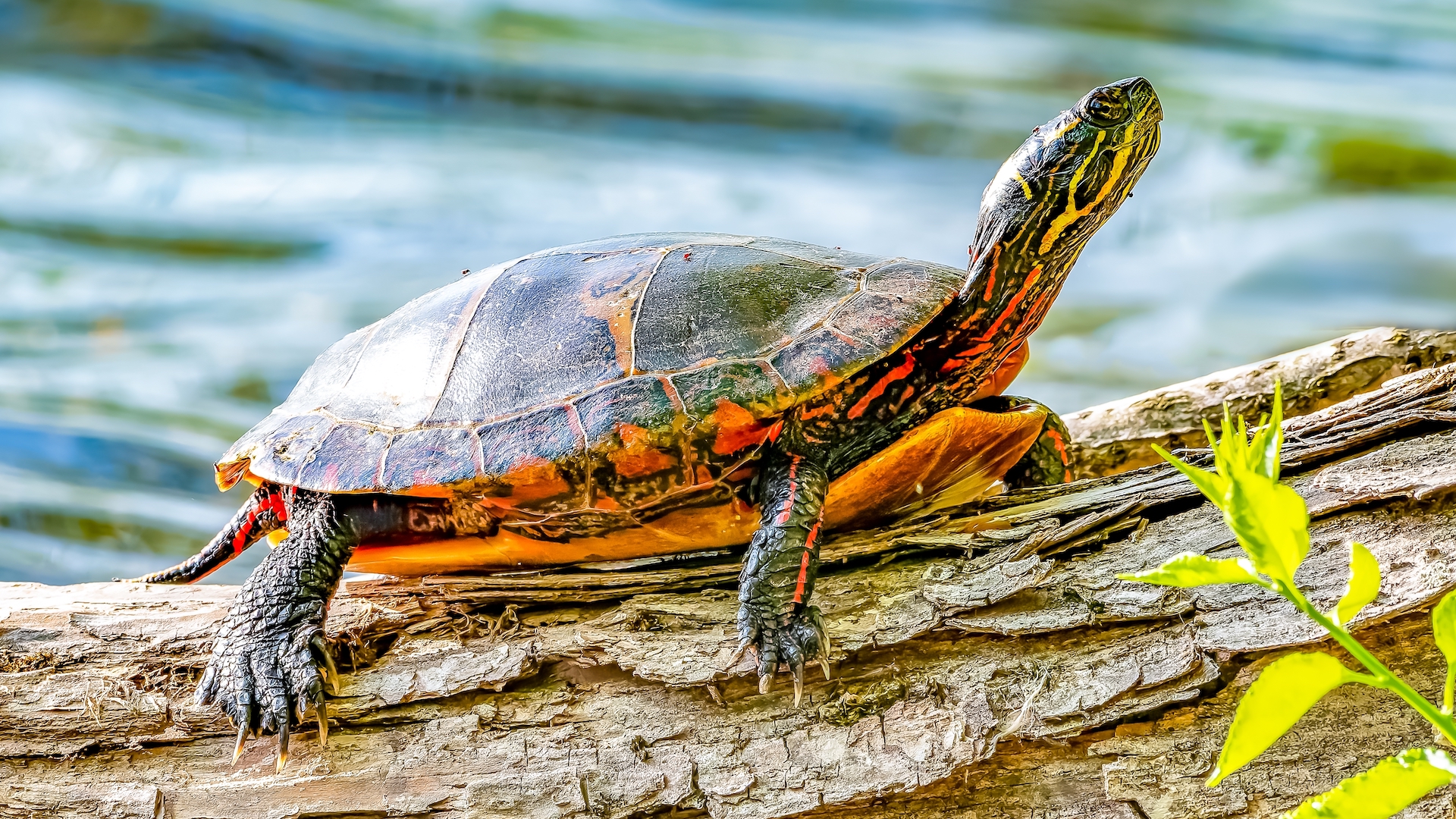
Turtles can be found on every continent except Antarctica. However, they are most commonly found in south-eastern North America and South Asia, with the highest concentration in the US.
31. Special care required
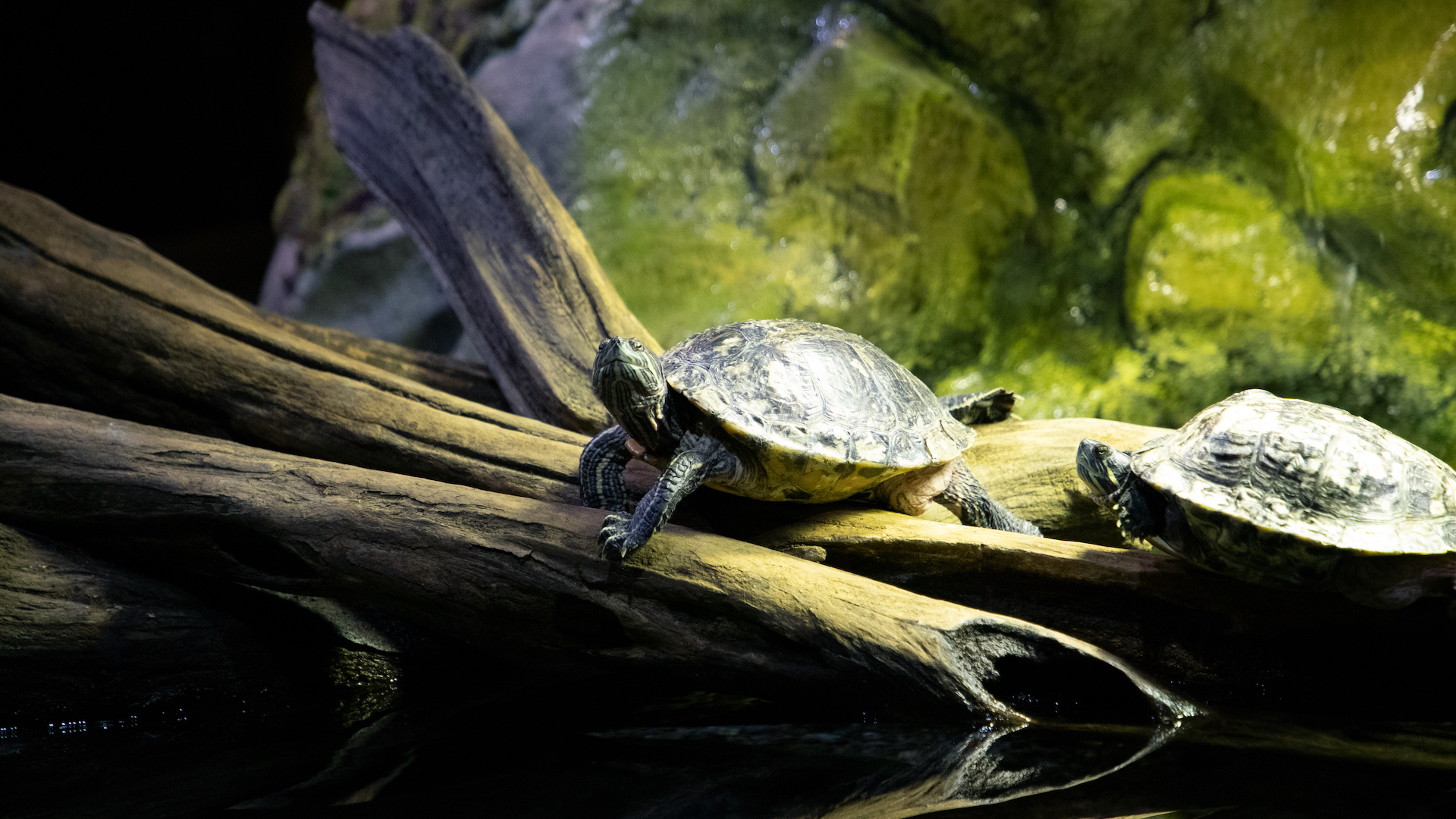
Although turtles have survived mass extinction events throughout history, they do require special care to look after as pets. They are high-maintenance pets, needing the right lighting, temperature, and water filtration. They live for a long time – much longer than most domestic pets – which means that good pet turtle care is a commitment for life.
32. Illegal to release them
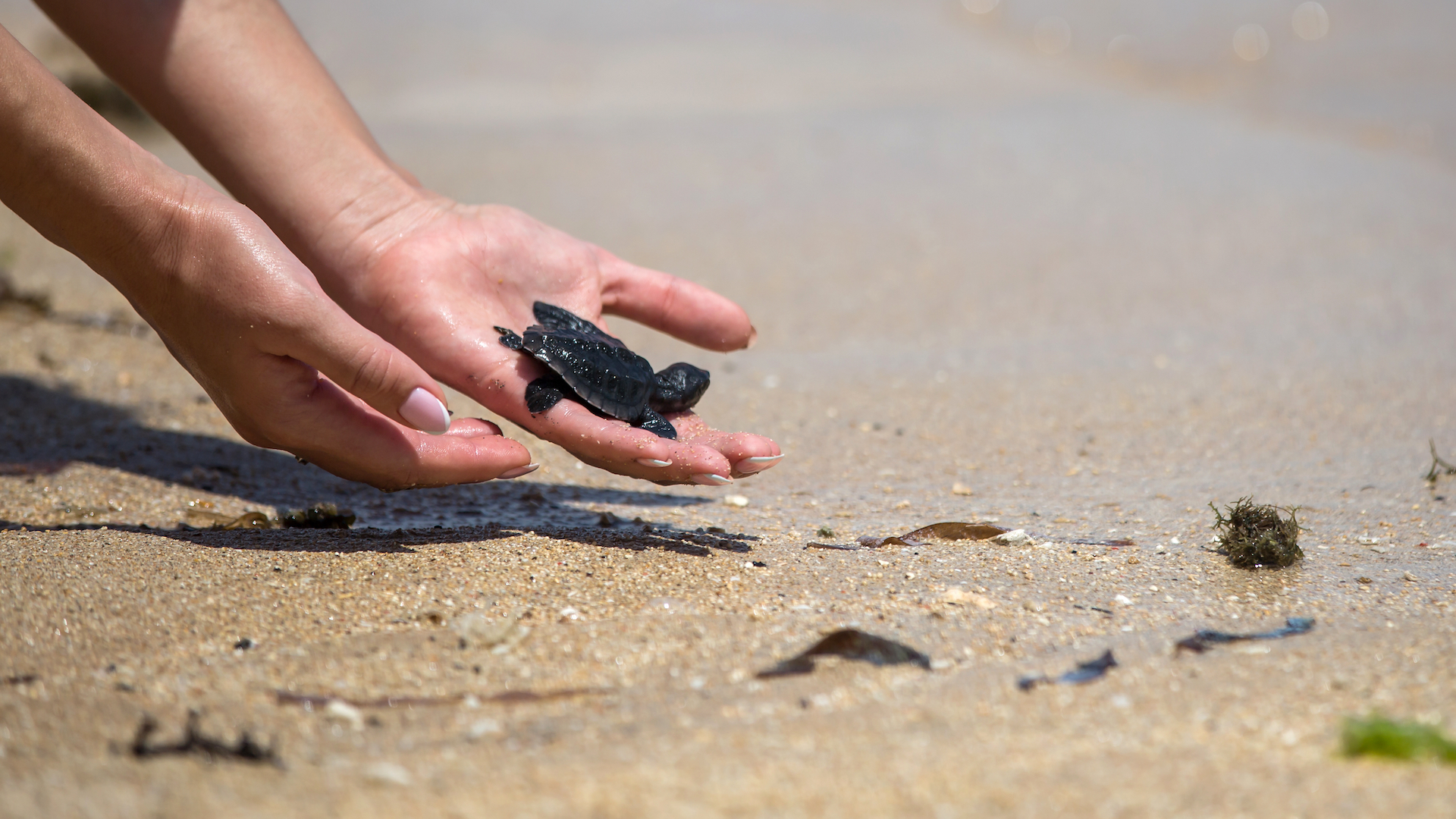
While there are hundreds of turtle species living in nature, in most countries it is illegal to release a pet turtle into the wild. As well as being cruel to the individual turtle in your care, they may pose threats as a non-native, potentially invasive species into a new habitat, or they may introduce unfamiliar diseases. If you cannot keep your pet turtle, seek adoption programs or reptile rescue organizations.







